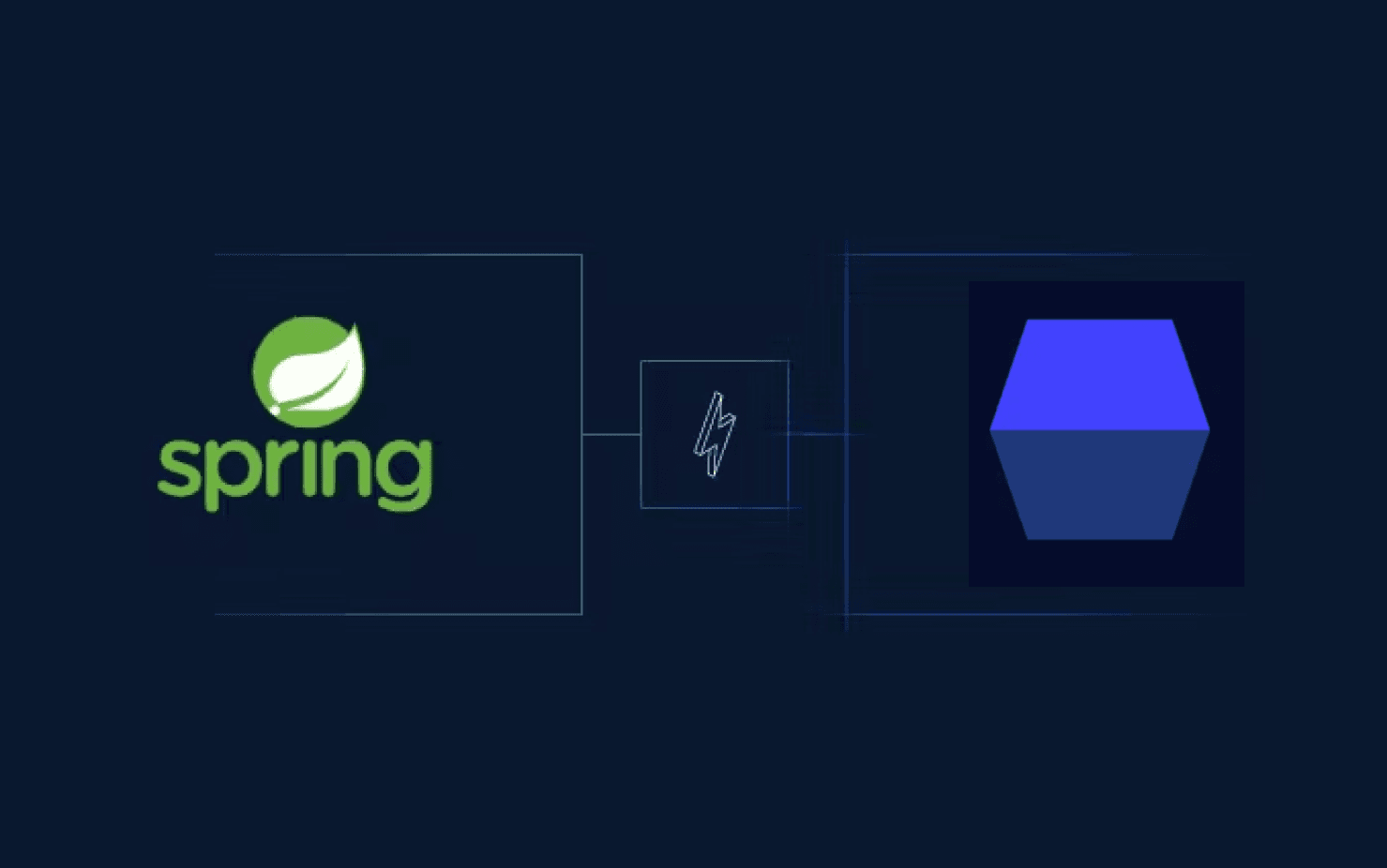As Java engineers, we’re always hunting for new tools and frameworks that can enhance and optimize our testing capabilities. Spring WebFlux, a reactive-stack web framework, offers really compelling advantages when it comes to unit testing Java application code.
What is Spring WebFlux for?
Spring WebFlux was designed specifically to support reactive programming in Java. It’s a reactive web framework designed to enable the development and efficient performance of highly concurrent systems that can handle large volumes of simultaneous connections with minimal resource consumption. At its core is the Reactive Streams specification, a standard for asynchronous stream processing.
Let’s explore why Spring WebFlux is becoming an increasingly popular choice for professional developers who prioritize robust and efficient testing practices.
Non-Blocking Architecture: A Game-Changer for Testing
One of the main benefits of Spring WebFlux is its non-blocking, event-driven architecture. This approach allows for more efficient resource utilization, especially when dealing with I/O-bound operations. Put simply, in the context of unit testing, this translates to:
- Faster test execution: Non-blocking tests can run concurrently, significantly reducing overall test suite execution time.
- Being able to simulate high-concurrency situations more easily, testing how your application behaves under load.
Reactive Streams: Precise Control and Observation
Spring WebFlux is built on the Reactive Streams specification, which provides a standard for asynchronous stream processing. This offers several advantages for unit testing:
- Granular control: You can test each step of your data processing pipeline independently.
- Improved assertions: Libraries like StepVerifier allow for detailed assertions on the behavior of your reactive streams.
- Time manipulation: You can test time-based operations more effectively by using virtual time.
Diffblue Cover supports Spring WebFlux projects
Diffblue Cover supports unit testing Spring WebFlux and can generate tests for reactive web projects. Cover can write test cases for reactive controllers. It supports and tests the most widely used functionalities such as setting model attributes.
Cover can generate test suites according to Spring’s recommended guidelines by utilizing WebTestClient, the @WebFluxTest annotation (which auto-configures the Spring WebFlux infrastructure) and assert on reactive streams Mono and Flux objects.
For more details on how Diffblue Cover supports Spring WebFlux see the Docs site.
Bottom line
Spring WebFlux offers Java engineers a powerful framework for building and testing reactive applications. Its non-blocking nature, support for reactive streams, and dedicated testing tools like WebTestClient make it an excellent choice for developing robust, high-performance Java applications.
By using Spring WebFluxTest in your unit tests, you can ensure your reactive components behave correctly under various scenarios, leading to more reliable and scalable software. As the demand for responsive and efficient applications continues to grow, mastering Spring WebFlux and its accompanying testing libraries, is definitely a valuable skill for any Java engineer.
Diffblue Cover is an AI-powered unit testing solution for Java developers that takes the tedium out of unit testing Java code. Diffblue Cover autonomously generates hallucination-free test code that is accurate, robust and reliable, 250 times faster than a developer can manually.
But don’t take our word for it, try it out for yourself – Free!







